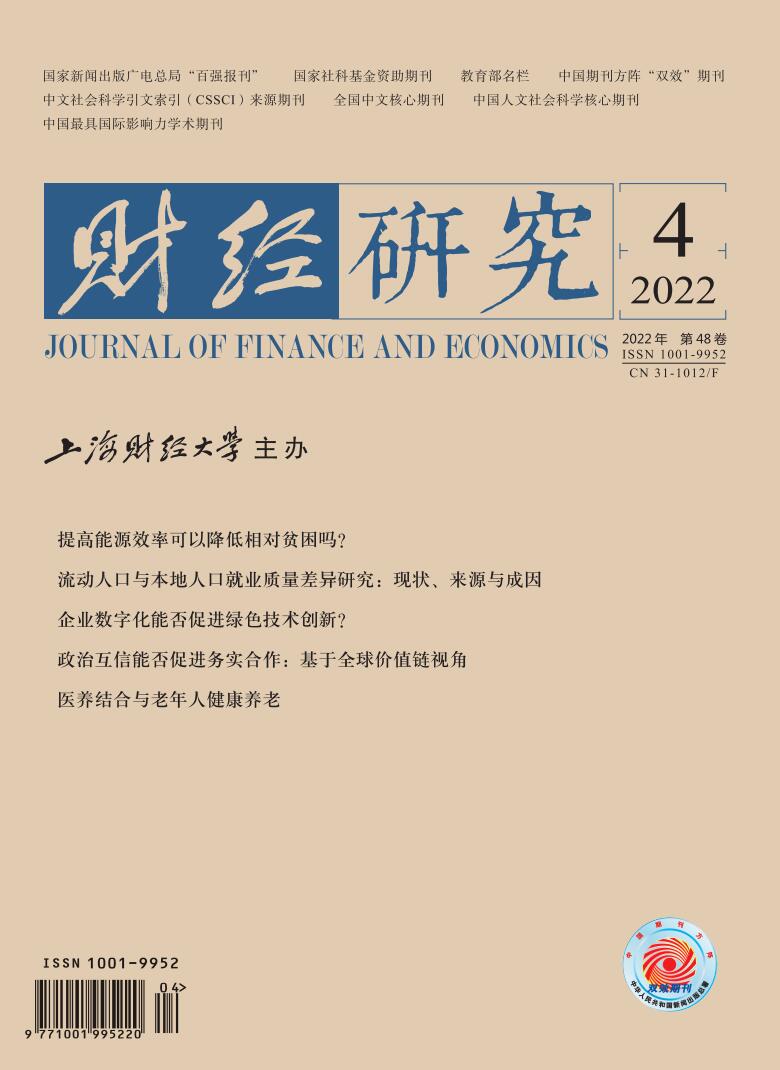In the previous open development, China mainly participated in the global value chain in an unbalanced way of “bringing in” and made great achievements in development. However, facing the profound changes in the current international and domestic environment, it is particularly important to “go out” and carry out OFDI to build the global value chain actively. Existing literature has pointed out that it may be a feasible way to break through the labor division of global value chains led by developed countries by relying on the “Belt and Road” Initiative. Now, the more critical question is why the “Belt and Road” Initiative can promote China’s OFDI. This paper takes theoretical analysis as the forerunner. Then, on the basis of scientifically constructing and measuring the “five connectivity” indicator, this paper uses the sample data of 95 countries along the “Belt and Road” from 2011 to 2017 and the mediation effect model to test the mechanism. The empirical test results show that: First, the “Belt and Road” Initiative can indeed promote China’s OFDI in countries along the “Belt and Road” through the “five connectivity” mechanism. Second, from the perspective of the sub-indicators of “five connectivity” indicator, policy connectivity and people-to-people connectivity can play a timely role, but the promotion of facility connectivity, trade connectivity and financial connectivity has obvious lag. Third, from the heterogeneity test results based on classified samples, the mechanism of “five connectivity” is stronger in the countries along the land Silk Road than in the countries along the maritime Silk Road; the promotion effect on high-income countries and middle-high-income countries along the “Belt and Road” is more significant than that on low-income countries and middle-low-income countries along the “Belt and Road”; the promotion effect on Asian countries is better than that on other continents; the promotion effect on member countries of the Asian Investment Bank is better than that on non-Asian-Investment-Bank members. The findings of this paper not only revealve and affirmve the key role and significance of interconnectivity under the “Belt and Road” Initiative, but also have important policy implications on how to make better use of the investment promotion effect of the “Belt and Road” Initiative through the “five connectivity”, to help China build a balanced development pattern that places equal emphasis on “bringing in” and “going out” in the new stage, and ultimately promote the building and optimization of global value chains.
 / Journals / Journal of Finance and Economics
/ Journals / Journal of Finance and EconomicsJournal of Finance and Economics
LiuYuanchun, Editor-in-Chief
ZhengChunrong, Vice Executive Editor-in-Chief
YaoLan BaoXiaohua HuangJun, Vice Editor-in-Chief
The “Belt and Road” Initiative and China’s OFDI: An Analysis of the “Five Connectivity” Mechanism
Journal of Finance and Economics Vol. 48, Issue 04, pp. 79 - 93 (2022) DOI:10.16538/j.cnki.jfe.20210918.201
Summary
References
Summary
Cite this article
Dai Xiang, Wang Ruxue. The “Belt and Road” Initiative and China’s OFDI: An Analysis of the “Five Connectivity” Mechanism[J]. Journal of Finance and Economics, 2022, 48(4): 79-93.
Export Citations as:
For
ISSUE COVER
RELATED ARTICLES




 4952
4952  5051
5051

